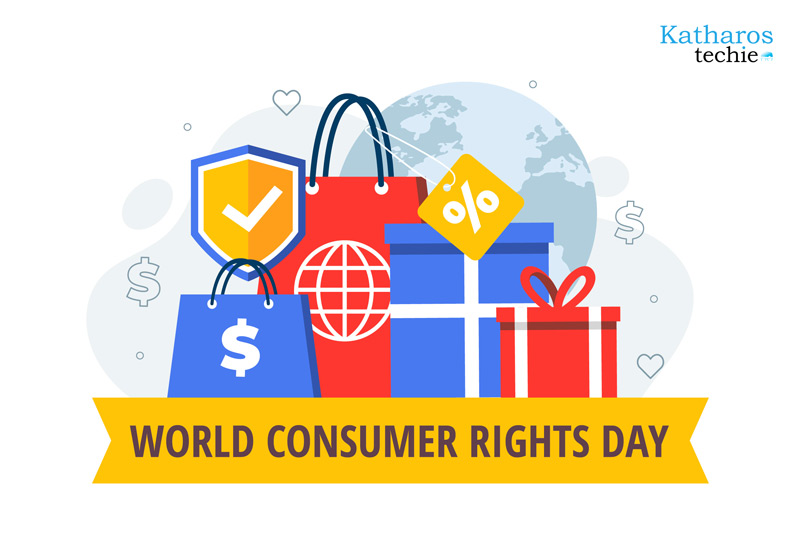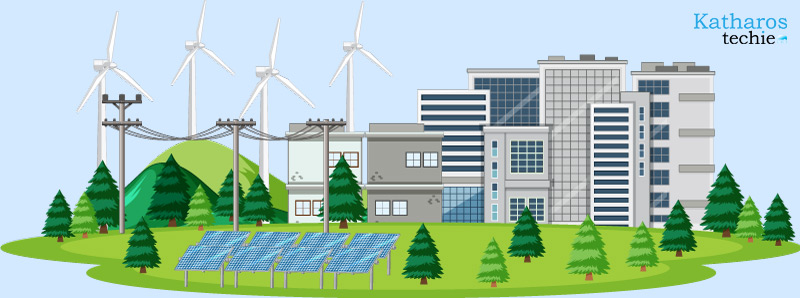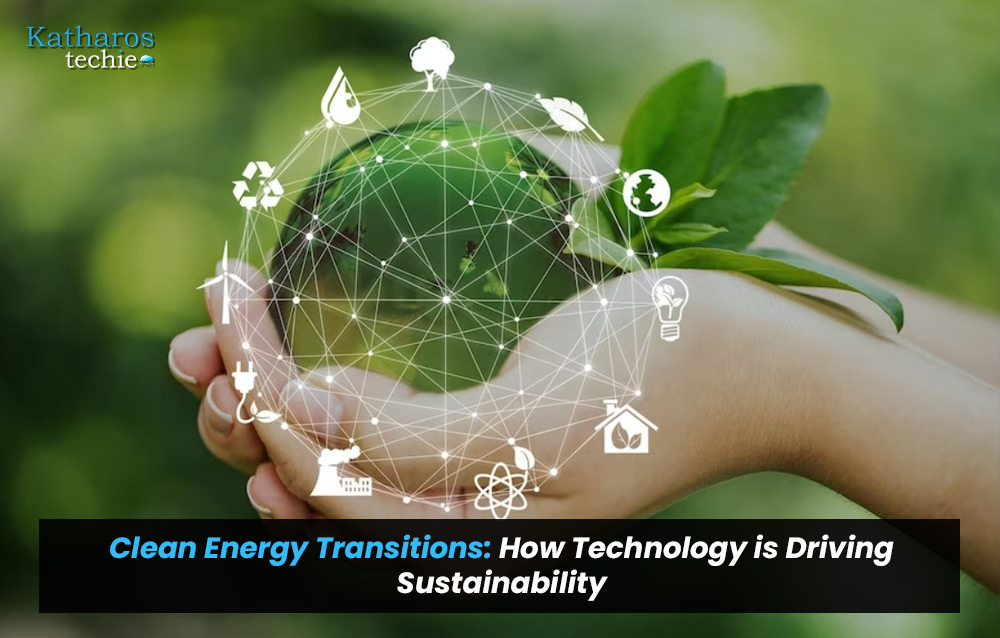
Clean Energy Transitions: How Technology is Driving Sustainability
By Sovina Vijaykumar

Introduction:
It’s important to consider how technology can help promote sustainable and clean energy solutions as it continues to evolve and shape our world. This year’s World Consumer Rights Day theme of ‘Clean Energy Transitions’ highlights the importance of transitioning to clean energy sources and reducing our carbon footprint. With technology advancing rapidly, many opportunities exist to harness it to create a more sustainable future.

What is World Consumer Rights Day?
World Consumer Rights Day happens every year on March 15th to raise awareness about consumer rights and protection worldwide. The event is now more focused on promoting sustainable and environmentally friendly business practices and encouraging consumers to help reduce carbon emissions for a cleaner and greener future.

Clean Energy Transitions:
Energy sources that are renewable, abundant, and have a minimal impact on the environment are what we refer to as clean energy. These sources include solar, wind, hydro, geothermal, and biomass energy. Clean energy transitions involve replacing non-renewable energy sources, such as fossil fuels, with clean energy sources to reduce carbon emissions and combat climate change.
Technology has a significant role to play in facilitating clean energy transitions. Innovative technologies can help increase energy efficiency, optimize energy distribution, and enable the integration of clean energy sources into existing infrastructure. For example, we can use the Internet of Things (IoT) to create innovative energy grids that optimize energy distribution, reduce waste, and promote energy efficiency.

Real-Life Examples:
The use of technology in promoting clean energy solutions is already underway in many parts of the world. For example, in Copenhagen, Denmark, the city’s smart grid uses IoT sensors to optimize energy usage and promote renewable energy. The system uses data analytics to predict energy usage patterns and adjust energy distribution accordingly, resulting in a more efficient and sustainable energy system.

Another example is Tesla, which is revolutionizing the transportation sector with its electric vehicles (EVs). The company is making significant progress toward its mission to accelerate the world’s transition to sustainable energy. Clean energy sources power Tesla’s EVs, and the company has also launched several other clean energy solutions, such as solar panels and energy storage systems.

In conclusion, consumers can make a difference by adopting clean energy solutions. For example, smart homes with IoT-enabled devices can help optimize energy usage and reduce energy waste. Install solar panels on rooftops to generate clean energy and reduce electricity bills. You can use energy-efficient appliances and LED lighting to reduce energy usage and promote a more sustainable lifestyle.